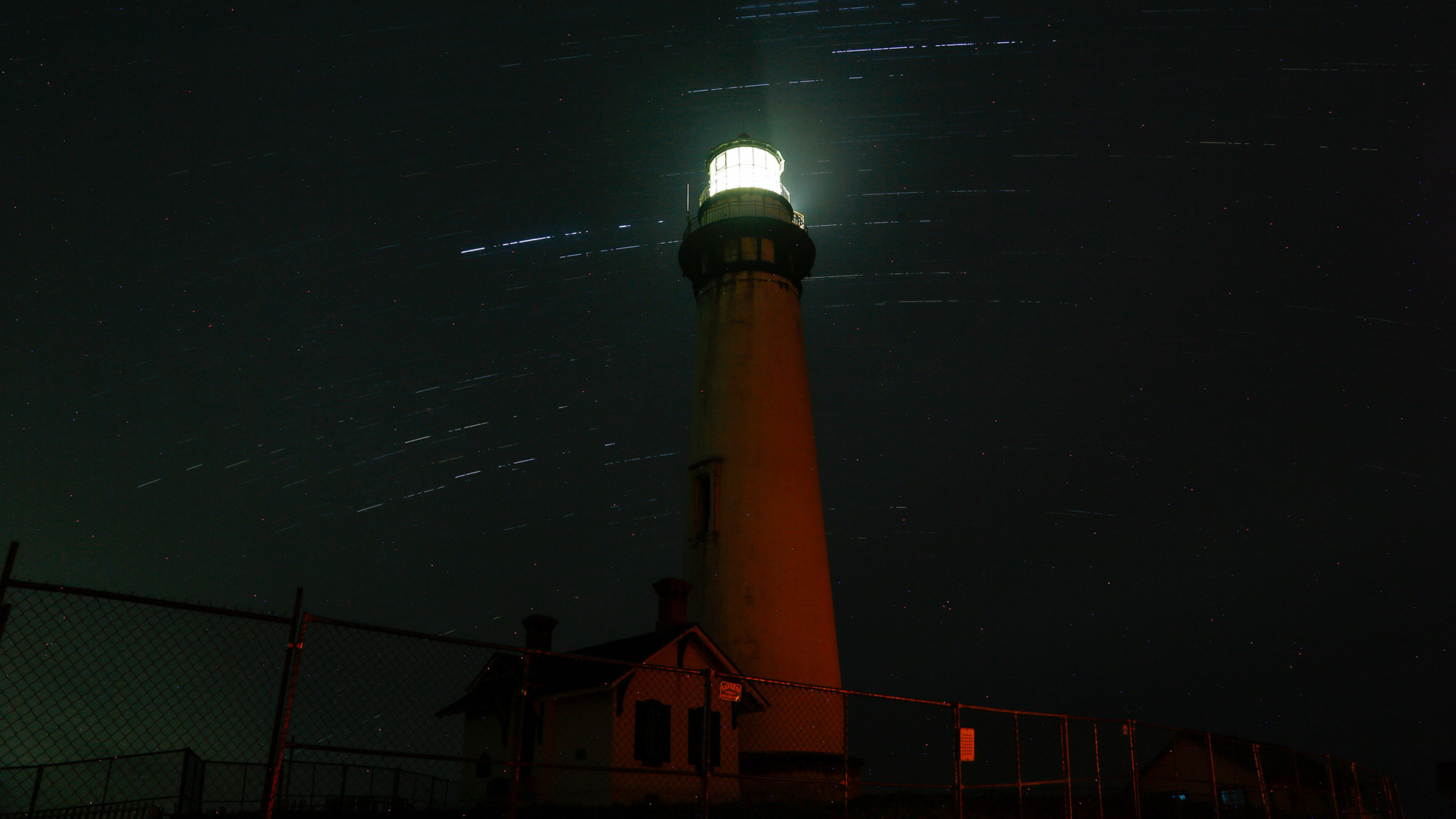| January 3 | Quadrantids Meteor Shower Predicted Peak |
| January 10 | Planet Parade Begins |
| January 13 | Full Wolf Moon |
| January 16 | Mars at Opposition |
A new year means it’s time for a new cosmic calendar! While the lack of daylight in the Northern Hemisphere can really suck out all of our energy, more darkness means opportunities to look at the night sky and wonder. The bitter cold air in the winter is also less hazy than it is during the summer, so stars and planets like Mars can be easier to spot–as long as there isn’t a ton of cloud cover. Here are some cosmic events to look for as we ring in 2025.
January 3– Quadrantids Meteor Shower Predicted Peak
Technically the first meteor shower of the year, the Quadrantids typically begins in the middle of November of the preceding year. This year, it is predicted to peak in the early morning hours on January 3 and will wrap up by the end of the month. According to Earth Sky, it is one of four annual meteor showers with a sharp peek.
The Quadrantids can produce over 100 meteors per hour under a dark sky without a bright moon. It is also known for producing the occasional fireball. According to NASA, “fireballs are larger explosions of light and color that can persist longer than an average meteor streak. This is due to the fact that fireballs originate from larger particles of material. Fireballs are also brighter, with magnitudes brighter than -3.”
On January 3, looking for shooting stars just before dawn local time wherever you are will be the best bet for stargazing. The moon is not expected to interfere with this year’s Quadrantids, but cloud cover still could get in the way.
January 10– Planet Parade Begins
2025 opens with the chance to spot upwards of six planets together in the night sky. According to the Farmer’s Almanac, starting around January, Mars, Jupiter, Uranus, Venus, Neptune, and Saturn will form an arc in the evening sky. By the end of February, Mercury will replace Saturn.
Skygazers can look south and scan the sky from left to right (or east to west) for a look at each planet. According to Hunter Miller, an astronomy educator with the Adler Planetarium, the optimal time to try and spot all of the planets at once will be between 5:30 p.m. and 7 p.m. local time.
“The optimal timing and location of the planets in the sky will vary slightly throughout the month, so I recommend utilizing a sky observing app like Stellarium to know exactly where to look from your location at any given time,” Miller told NBC Chicago.
The planet parade will continue through February. For the best days to see which plants, consult the Farmer’s Almanac. If you are really keen to spot these planets in all their glory, a backyard telescope will also really help.
[ Related: 7 US parks where you can get stunning nightsky views. ]
January 13– Full Wolf Moon
This year’s first full moon will reach its peak illumination on January 13 at 5:27 p.m. EST. If peak illumination occurs during daylight hours where you are located, the moon will still be bright and visible in the northeastern horizon after sunset.
This moon is called the Wolf Moon, which is believed to have Celtic and Old English roots. It references the hungry packs of wolves that prowl during the winter months in some countries. Additional names for January’s full moon include the Great Spirit Moon or Gichimanidoo-giizis in Anishinaabemowin (Ojibwe), the Winter Moon or Ukiuq in Inupiat, and Someone’s Ears are Freezing Moon or Teyakohuhtya’ks in Oneida.
January 16– Mars at Opposition
On January 16, the red planet will be at its closest approach to Earth. Since its face will be fully illuminated by the sun, Mars will be brighter than it will be at any other time this year. According to SeaSky, this is the best time to view and photograph Mars. Additionally, a medium-sized telescope will also help skygazers see some of the dark details on the Mars’ orange surface. To spot it, look towards the eastern sky later in the evening.
The same general skygazing rules are key this month: Go to a dark spot away from the bright lights of a city or town and let your eyes adjust to the darkness for about a half an hour.


